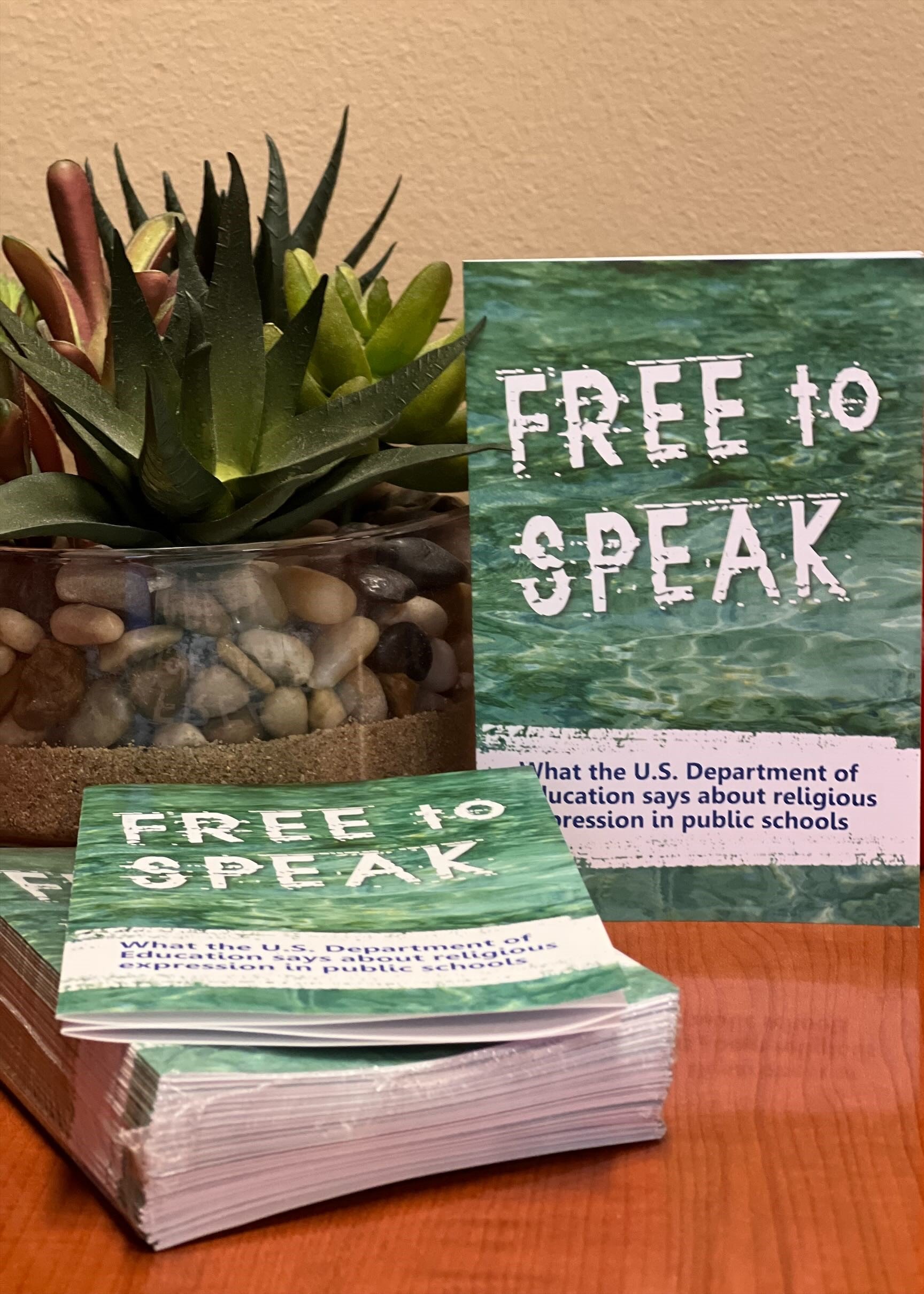Apostle to the Irish/ The Real Saint Patrick
If you ask people who Saint Patrick was, you're likely to hear that he was an Irishman who chased the snakes out of Ireland.
It may surprise you to learn that the real Saint Patrick was not actually Irish -- yet his robust faith changed the Emerald Isle forever.
Patrick was born in Roman Britain to a middle-class family in about A.D. 390. When Patrick was a teenager, marauding Irish raiders attacked his home. Patrick was captured, taken to Ireland, and sold to an Irish king, who put him to work as a shepherd.....
Six Years a Slave
Who was the first person to go on record against slavery? Here’s a little known fact that kids won’t learn in school (unless you change that): according to historian Thomas Cahill, the first person in history to write against slavery was Saint Patrick. Both his Christian faith and experience led him to do it.
Patrick was born in the 4th century to Christian parents who were Roman citizens in Briton. As a boy he was kidnapped and become a slave for six years in Ireland. He prayed daily that God would rescue him, and eventually he escaped and returned home. But he felt God calling him to return to Ireland with the Gospel.
By the end of his life he had baptized over 120,000 Irishmen and established 300 churches. Within his lifetime, or shortly thereafter, the Irish slave trade ended – the result of a transformed people. St. Patrick’s Day (March 17, the day of his death) is the honoring of a Christian for his missionary work. Unfortunately, the true history of Patrick is seldom told in schools today. But, you can change that simply by telling the real story.
Resources:
Here’s a 2-minute video from the History Channel you can show in class.
Here’s our Gateways Minute (video) on St. Patrick’s Day.
St. Patrick – Catholic Online
How the Irish Saved Civilization, by Thomas Cahill










